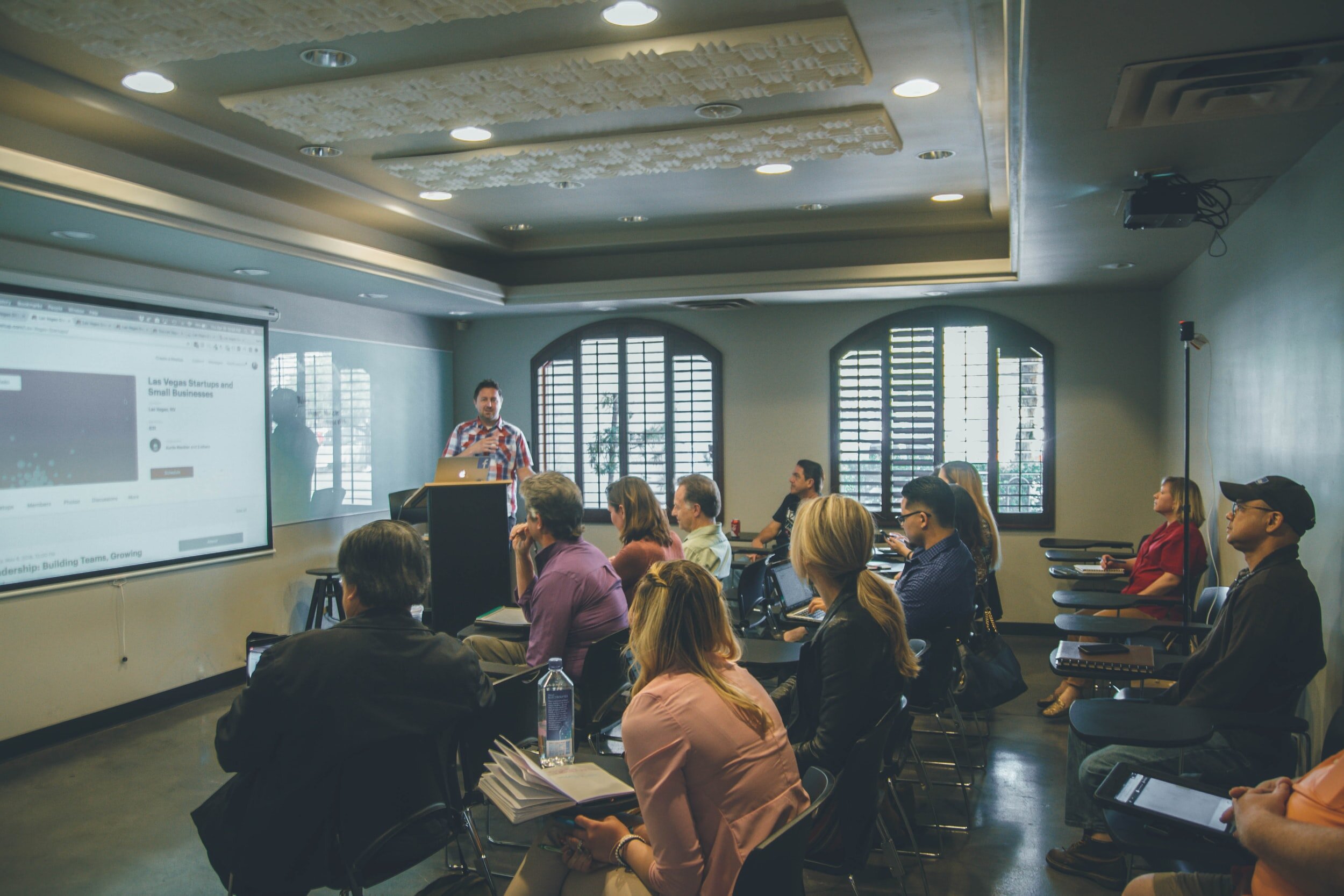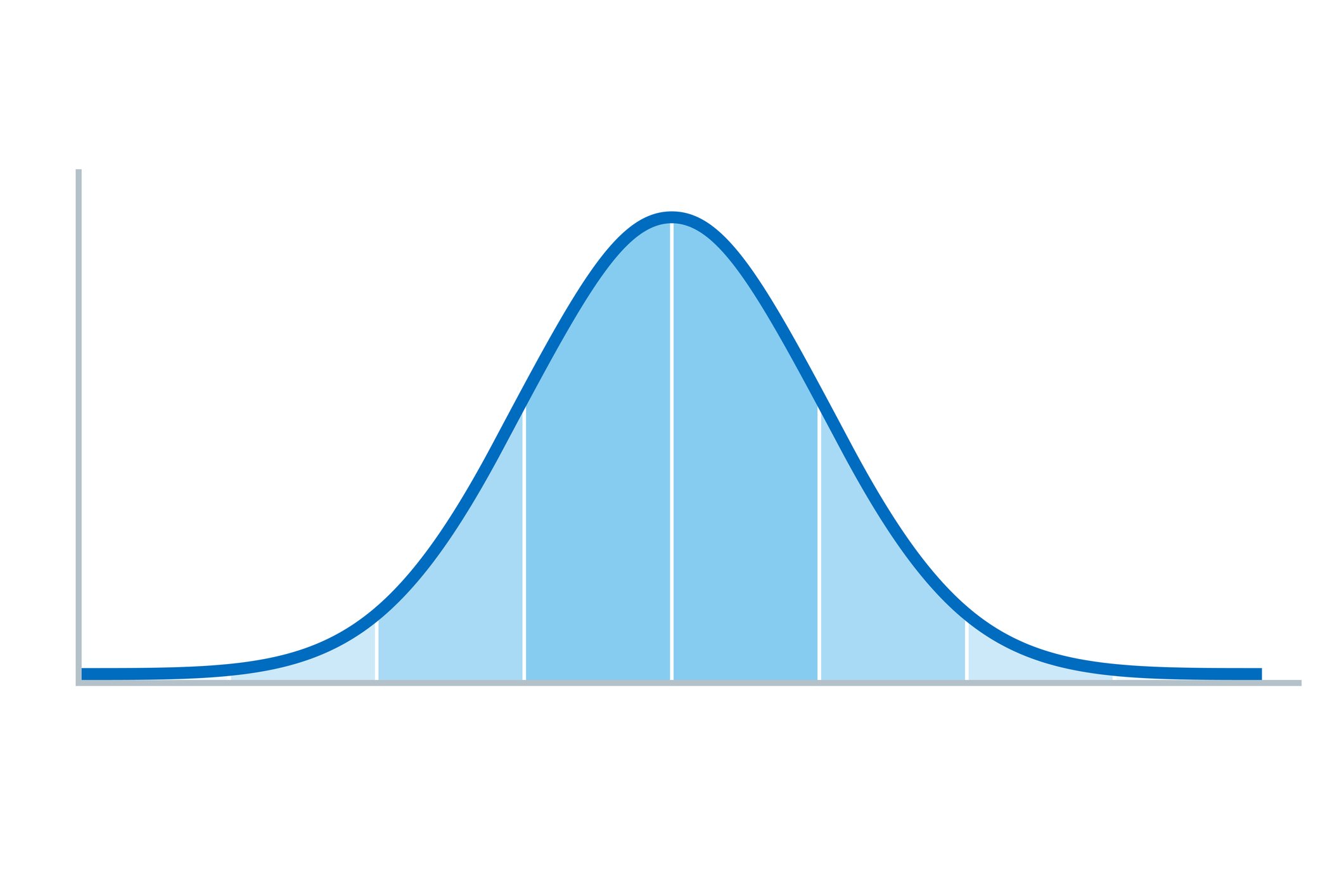Qual Data Analysis & Action Research
by Janet Salmons, Ph.D., Research Community Manager for Sage Methodspace
Qualitative data analysis varies by methodology. In this post let’s focus on analysis in action research studies.
Action research is a flexible research methodology uniquely suited to researching and supporting change. It integrates social research with exploratory action to promote development. In its classic form, action research involves fluid and overlapping cycles of investigation, action planning, piloting of new practices, and evaluation of outcomes incorporating at all stages the collection and analysis of data and the generation of knowledge (Given, 2008).
Learn about analytic approaches for action and participatory action research in these open access Sage journal articles. Find more posts, interviews, and resources about action research here.
Benjamin-Thomas, T. E., Corrado, A. M., McGrath, C., Rudman, D. L., & Hand, C. (2018). Working Towards the Promise of Participatory Action Research: Learning From Ageing Research Exemplars. International Journal of Qualitative Methods, 17(1). https://doi.org/10.1177/1609406918817953
Abstract. Within research addressing issues of social justice, there is a growing uptake of participatory action research (PAR) approaches that are ideally committed to equitable participation of community members in all phases of the research process in order to collaboratively enact social transformation. However, the utilization of such approaches has not always matched the ideal, with inconsistencies in how participation and action are incorporated. “Participation” within various research processes is displayed differently, with the involvement of community members varying from full participation to their involvement as simply participants for data collection. Similarly, “action” is varyingly enacted from researchers proposing research implications for policy and practice to the meaningful involvement of community members in facilitating social change. This inconsistency in how PAR is utilized, despite widespread publications outlining key principles and central tenets, suggests there are challenges preventing researchers from fully embracing and enacting the central tenets of equitable participation and social transformation. This article intends to provide one way forward, for scholars intending to more fully enact the central tenets of PAR, through critically discussing how, and to what extent, the principles of PAR were enacted within 14 key exemplars of PAR conducted with older adults. More specifically, we display and discuss key principles for enacting the full commitment of PAR, highlight a critical appraisal guide, critically analyze exemplars, and share strategies that researchers have used to address these commitments. The critical appraisal guide and associated research findings provide useful directions for researchers who desire to more fully embrace commitments and practices commensurate with enacting the promise of PAR for equitable collaboration and social transformation.
Fletcher, A. J., MacPhee, M., & Dickson, G. (2015). Doing Participatory Action Research in a Multicase Study: A Methodological Example. International Journal of Qualitative Methods, 14(5). https://doi.org/10.1177/1609406915621405
Abstract. In this article, we describe an approach for conducting participatory action research (PAR) in a longitudinal multicase study, with particular focus on cross-case analysis. Existing literature has documented the practice of PAR in single-case studies, but far less has been written on how to conduct PAR across multiple cases. There is also a need for instructional examples of multicase study application, particularly methods of cross-case analysis. In PAR, research methods—including data analysis methods—have the power to shape participant inclusion or exclusion, involvement or attrition, and mobilization of knowledge in real time. In response to these challenges, we discuss the analysis methods used in a PAR study of health leadership in Canada. The project, which consisted of six case studies of leadership in major health system change, involved health leaders as collaborators. We address the challenges of doing PAR with collaborators facing time limitations and suggest a project structure for involving collaborators at critical junctures. We present a detailed, two-part method for conducting cross-case data analysis. Our method involved targeted collaborator involvement in data interpretation while also ensuring faithfulness to the coded data. We describe our process for mobilizing study findings through a deliberative dialogue with health leaders.
Jensen, C., Hoben, M., Chamberlain, S. A., K. Marshall, S., Young, R. A., & Gruneir, A. (2022). Data Analyses using the Action Project Method Coding Technique: A Guide. International Journal of Qualitative Methods, 21. https://doi.org/10.1177/16094069221108035
Abstract. The qualitative action-project method (A-PM) was developed in counseling psychology and is useful for studying human actions in various contexts. With this article we provide a guide to A-PM data analysis with a focus on the method’s coding technique. We briefly outline the theory underpinning the method as well as the different phases of data collection. The A-PM data analysis happens in parallel from a bottom-up and top-down approach, where researchers consider the data closely for what participants are doing, how they are doing it and the ways in which their actions are directed by their overall goals. We add to the existing literature by detailing the coding technique, providing examples at each stage of analysis, as well as reflect on the possibilities for adapting the protocol for different types of research. Our aim is to support researchers in their efforts to undertake the method.
Newton, P., & Burgess, D. (2008). Exploring Types of Educational Action Research: Implications for Research Validity. International Journal of Qualitative Methods, 7(4), 18–30. https://doi.org/10.1177/160940690800700402
Abstract. In this paper the authors argue that there are three modes of educational action research: emancipatory, practical, and knowledge generating. Furthermore, they suggest that much of action research, although predicated on notions of emancipatory research, is often not primarily emancipatory in nature. There are considerable risks involved when action research fails to adequately justify its truth claims because of a dependence on validities that primarily assess the emancipatory features of the research. Consequently, the authors propose that the various modes of action research require emphasis on different validities that are dependent on the purposes of the research. In doing this, they offer a reconceptualization of Anderson and Herr's (1999) influential approach to validity in action research.
Nind, M. (2011). Participatory data analysis: a step too far? Qualitative Research, 11(4), 349–363. https://doi.org/10.1177/1468794111404310
Abstract. Interest in participatory research methods has grown considerably in the spheres of research with children and young people and research with people with learning disabilities. This growth is rooted in different but related paradigm shifts in childhood and disability. I argue that despite developments in participatory approaches, participatory data analysis has been attempted less than participation in other aspects of research with either children or people with learning disabilities, and that the challenges involved in this are particularly under-explored and important with the latter where we need to investigate what is possible. I discuss why participation in analysis is often neglected before reviewing different responses to the challenge including examples of informal and formal, unstructured and structured, trained and untrained, explicit and implicit approaches. Finally, I make the case for authentic reciprocal learning in exploring the potential benefits of participatory analysis to people and to research.
Peltier, C. (2018). An Application of Two-Eyed Seeing: Indigenous Research Methods With Participatory Action Research. International Journal of Qualitative Methods, 17(1). https://doi.org/10.1177/1609406918812346
Abstract. In this time of reconciliation, Indigenous researchers-in-relation are sharing research paradigms and approaches that align with Indigenous worldviews. This article shares an interpretation of the Mi’kmaw concept of Two-Eyed Seeing as the synthesis of Indigenous methodology and participatory action research situated within an Indigenous paradigm of relevant, reciprocal, respectful, and responsible research. Two-Eyed Seeing is discussed as a guiding approach for researchers offering Indigenous voices and ways of knowing as a means to shift existing qualitative research paradigms. The author offers practical considerations for conducting research with Indigenous peoples in a “good and authentic way.” Through the co-creation of knowledge with Indigenous communities, a collective story was produced as a wellness teaching tool to foster the transfer of knowledge in a meaningful way.
Price, R., Wrigley, C., & Matthews, J. (2021). Action researcher to design innovation catalyst: Building design capability from within. Action Research, 19(2), 318–337. https://doi.org/10.1177/1476750318781221
Abstract. Design as a creative way of framing and solving problems is considered an essential business capability in an innovation era. Organizations with design capability can improve the lives of their customers, stakeholders and employees by creating valuable products, services and experiences. Design-led innovation is a framework that assists organizations to develop design capability for creating a better future as well as profitability. However, implementing design-led innovation requires support. This article presents insights from an action research extended to design innovation catalyst. The catalyst’s aim was to facilitate implementation of design-led innovation in an Australian Airport Corporation to develop design capability. To date, this extended role of action researcher as design innovation catalyst has received limited attention. Therefore, the purpose of this paper is to present insights from the experience of the action researcher as a design innovation catalyst. This paper contributes conceptual and practical insight into the research design, action research cycles and critical reflection of an action researcher operating as design innovation catalyst.
Rix, J., Carrizosa, H. G., Sheehy, K., Seale, J., & Hayhoe, S. (2022). Taking risks to enable participatory data analysis and dissemination: a research note. Qualitative Research, 22(1), 143–153. https://doi.org/10.1177/1468794120965356
Abstract. The involvement of all participants within all aspects of the research process is a well-established challenge for participatory research. This is particularly evident in relation to data analysis and dissemination. A novel way of understanding and approaching this challenge emerged through a large-scale international, 3-year participatory research project involving over 200 disabled people. This approach enabled people to be involved at all stages of the research in a manner that was collectively recognised to be participatory and also delivered high-quality findings. At the heart of this emergent approach to participatory research is an engagement with risk. This research note explores the types of risks involved in delivering research that seeks to be authentically participatory.
Wagemans, A., & Witschge, T. (2019). Examining innovation as process: Action research in journalism studies. Convergence, 25(2), 209–224. https://doi.org/10.1177/1354856519834880
Abstract. In this article, we discuss how ‘action research’ as an experiential research approach allows us to address challenges encountered in researching a converged and digital media landscape. We draw on our experiences as researchers, co-developers and marketeers in the European Union-funded Innovation Action project ‘INnovative Journalism: Enhanced Creativity Tools’ (INJECT) aimed at developing a technological tool for journalism. In this media innovation process, as in other media practices, longstanding delineations no longer hold, due to converging professional disciplines and blurring roles of users and producers. First, we discuss four features of innovation in the current ‘digital’ media landscape that come with specific methodological requirements: (a) the iterative nature of innovation; (b) converged practices, professions and roles; (c) the dispersed geographic nature of media production and innovation processes and (d) the impact of human and non-human actors. We suggest action research as a possible answer to these requirements of the digital media landscape. Drawing on our experiences in the INJECT project, we illustrate how adopting an action research approach provides insight into the non-linear, iterative and converged character of innovation processes by highlighting: (a) how innovation happens at various moments, in various places and by various people; (b) how perceptions and enactments of professions change over time and (c) how roles are (re)combined and expanded in such a way that clear delineation is not easy. Ultimately, we argue that experiencing convergence through action research enables us to do justice to the complexity of the current media landscape.
Given, L. M. (2008). Action research The SAGE Encyclopedia of qualitative research methods. Thousand Oaks, California.






























Looking back at 2023, find all posts here!
We explored stages of a research project, from concept to publication. In each quarter we focused on one part of the process. In this recap for the year you will find original guest posts, interviews, curated collections of open-access resources, recordings from webinars or roundtable discussions, and instructional resources.